Gunther Prien grew up at sea, joining the merchant service as a cabinboy at 15. In October 1939, with World War II just a month old, the 31-year-old Prien stood in the conning tower of U-47, a German U-boat plying the North Sea toward the United Kingdom. Looking through his binoculars, he finally spotted a much-needed landmark: the Orkney Islands. Sheltered within them was Scapa Flow, the British Royal Navy’s sprawling anchorage. Captain Prien told none of the crew of the submarine’s mission. Now his first officer, Engelbert Endrass, dared to ask if they were going to move into the islands. Prien told him, “We are going into Scapa Flow.”
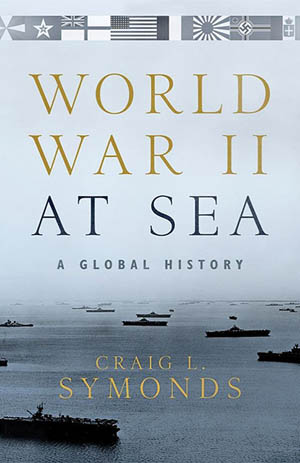 After dark Prien called his crew together and told them of their mission. They assumed their stations, and U-47 slowly slipped under the waves, her electric motors humming as the diesel engines shut down. They descended to the bottom and sat there, awaiting their chance the next evening. The crew slept through most of the next day, waking at 4 PM to eat a meal of veal cutlets and green cabbage. At 7 PM, U-47 rose to periscope depth, and Prien checked the area through the lens, seeing nothing. He ordered the sub to surface, and he climbed to the conning tower with the first officer. They heard nothing, saw nothing, but it was brighter than expected. They realized the light was from the aurora borealis, the northern lights. Despite the risk, Prien went ahead.
After dark Prien called his crew together and told them of their mission. They assumed their stations, and U-47 slowly slipped under the waves, her electric motors humming as the diesel engines shut down. They descended to the bottom and sat there, awaiting their chance the next evening. The crew slept through most of the next day, waking at 4 PM to eat a meal of veal cutlets and green cabbage. At 7 PM, U-47 rose to periscope depth, and Prien checked the area through the lens, seeing nothing. He ordered the sub to surface, and he climbed to the conning tower with the first officer. They heard nothing, saw nothing, but it was brighter than expected. They realized the light was from the aurora borealis, the northern lights. Despite the risk, Prien went ahead.
Slowly the submarine made its way between the coastline and the blockships, hulks sunk in shallow water to block the approaches. U-47 was briefly entangled in one of the blockship anchor chains. Minutes later it scraped bottom but did not get stuck. A car moving along the coastal road caught the conning tower in its headlights, but it moved on. Suddenly the channel opened, and they were within Scapa Flow. The lower part of the bay held several tankers that were normally a juicy target for a submarine. Prien ignored them; he had bigger ideas.
Moving northward, Prien spied a large, looming silhouette. It was a battleship, the HMS Royal Oak. She was an older ship, left over from World War I, but still powerful with eight 15-inch guns and a displacement of 30,000 tons. A thousand sailors called her home. The ship was only 4,000 yards away. Prien ordered a spread of four torpedoes readied, then listened as water flooded the tubes. When all was ready, the submarine captain gave the order to fire. The first torpedo launched, followed by the second and third at intervals of two seconds. The last torpedo misfired. It took three and a half minutes for the weapons to reach their target. Two missed completely, and the third only severed the anchor cable. The crew of the British ship noticed the explosion but did not know what it was. They searched for signs of an internal explosion but did not go to general quarters. Prien turned the sub around and fired his aft tube, but that shot missed as well. Undiscovered and determined to achieve success, he ordered the tubes reloaded and tried again an hour later.
This time, all three torpedoes struck with massive explosions. Within minutes, Royal Oak was sinking, rolling onto her side, her gun turrets falling off. More than 800 men died that night. Prien, elated at his success, turned his boat for home, threading it through the channel with a ship giving chase. U-47 reached open sea, and despite a depth charge attack by patrol ships, Prien took his crew back to Germany, where they were treated as heroes. It was one of the first significant naval actions of the war, which is covered in great detail in World War II at Sea: A Global History (Craig L. Symonds, Oxford University Press, Oxford, UK, 2018, 770 pp., maps, photographs, notes, bibliography, index, $34.95, hardcover).
This book is a sweeping history of the war at sea by one of the world’s preeminent naval historians. It shows how the Allies used their growing naval superiority to win the war despite their relative deficiencies at the beginning of the conflict. The author successfully ties together the various efforts across different theaters of war to show how victory was achieved and how millions of people, from national leaders to ordinary seamen, made it possible. Most works concentrate on a particular area, campaign, or battle; this book’s strength is in how it shows all of that coming together to achieve a singular goal.
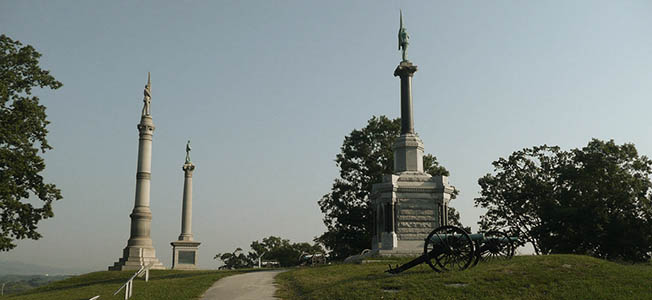
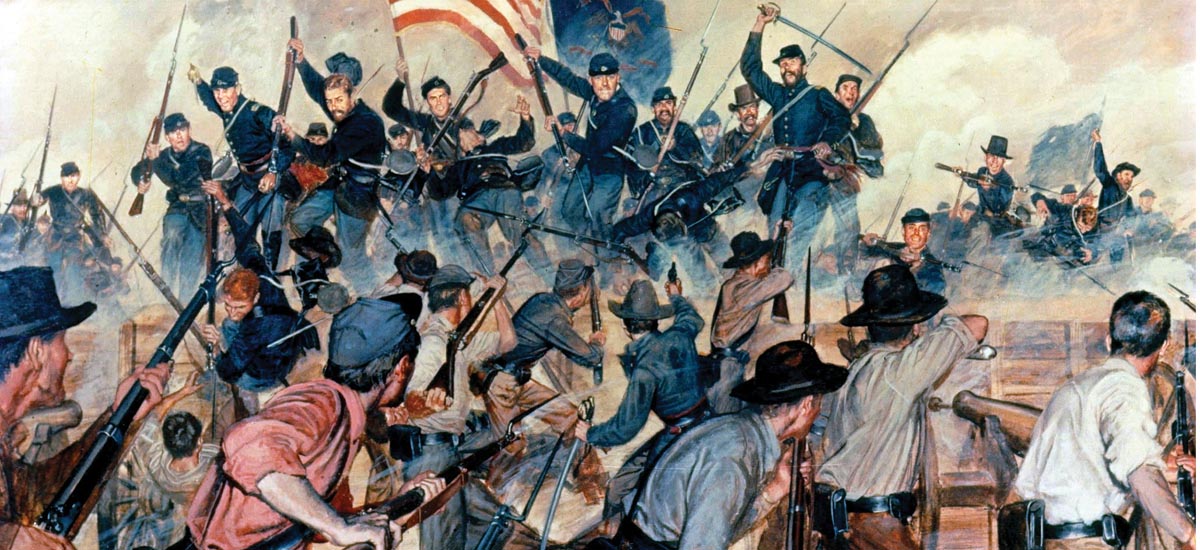
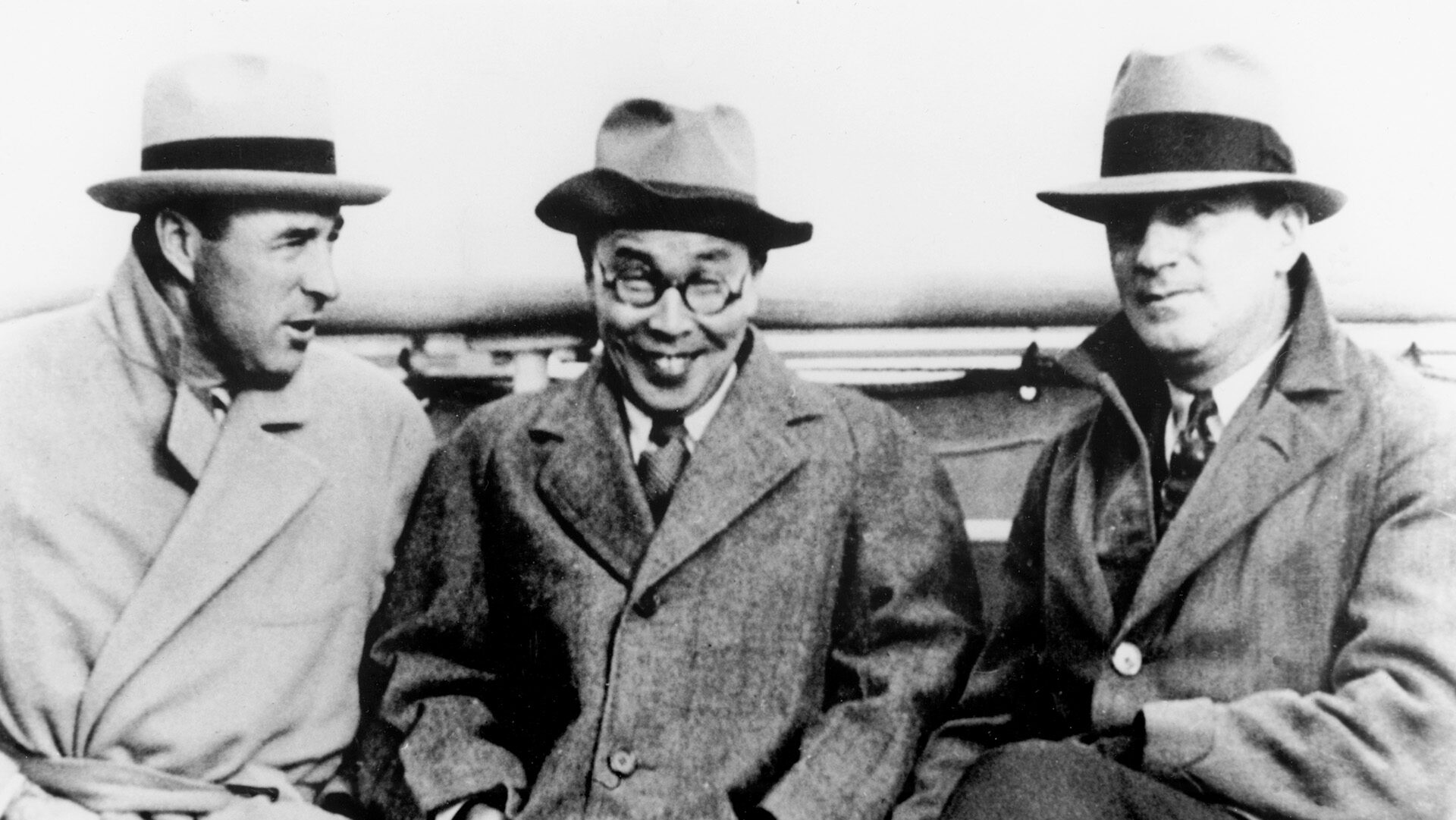
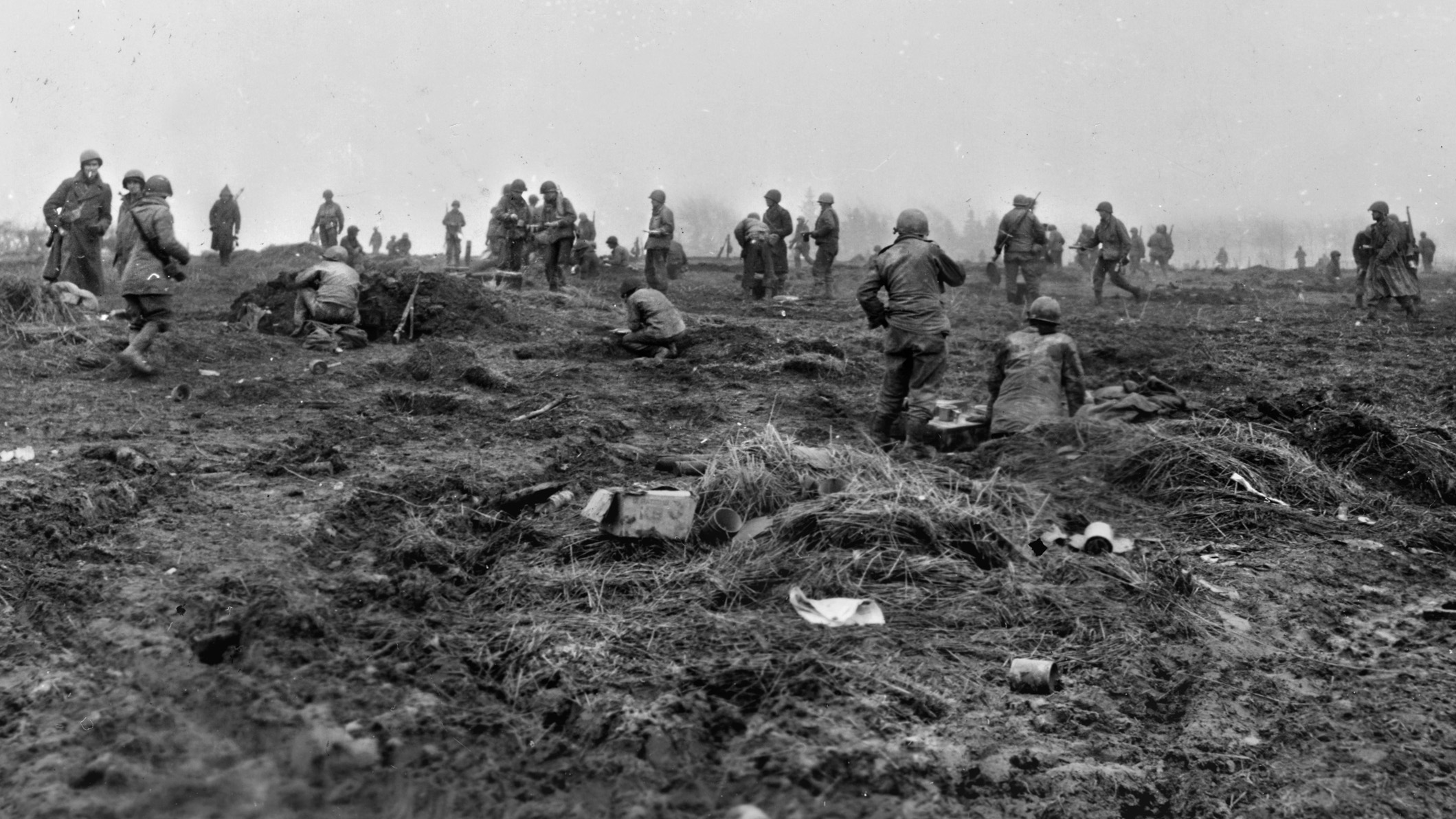
Join The Conversation
Comments
View All Comments